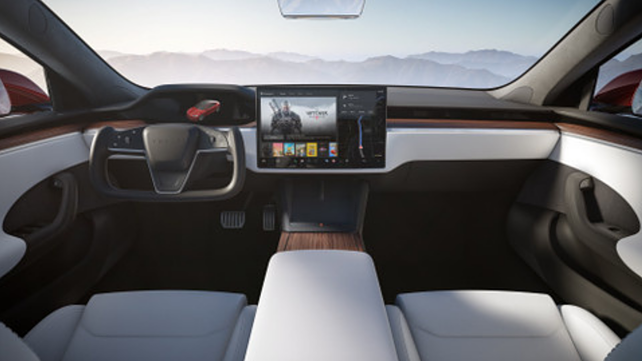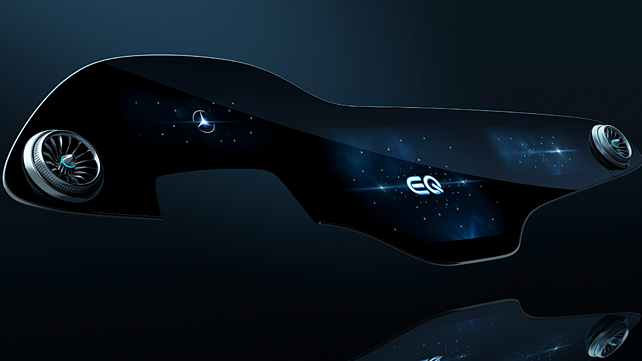
Growing up, we used to be amazed to see toy robots that could talk back and answer a couple of pre-programmed questions. From those fanciful toys to smart AI-driven voice assistants in vehicles, voice recognition technology has travelled a long way.
Yet, if we look at it from the perspective of potential, sky is the limit literally as Unmanned Aerial Vehicles (UAV) and even air-taxis are going to be equipped with voice assistants in the near future.
A key benefit that modern Indian consumers enjoy is the fact that they get exposed to cutting-edge digital technologies as soon as they emerge. This makes things far more exciting and the users more tech-savvy than even the US and Europe, where a lot of people still continue to use legacy technologies.
Contrary to the price-conscious perception, Indian consumers are going all out, when it comes to spending on tech. As per a report, India leads the list of countries with maximum number of people willing to pay extra for voice assistant subscription in vehicles. A Capgemini Research Institute report revealed that 68% Indian consumers are ready to pay a monthly fee for voice subscription in their vehicles, compared to the global average of 37%.
Voice-enabled ecosystem
With tens of millions of vehicles sold annually and rising smartphone usage, India presents a great demographic potential for the ‘in-vehicle voice AI assistants.’ Until now, we have been using voice commands for features such as playing music or navigation, while travelling. However, the embedded voice AI will offer a lot more diversity of features and benefits for users, car makers and businesses in the entire ecosystem.

From vehicle manufacturers to technology giants, all are warming up to this voice-enabled ecosystem, and as per an estimate, there will be 76 million connected cars shipped globally by 2023. The rise of electric vehicles is going to be another catalyst for the spread of voice assistants in cars. With such a large number of connected vehicles and rapid growth, the cars will become new customer touch-points for a plethora of businesses.
From a vehicle user’s point of view, the change opens up great experiences. The emergence of Internet of Vehicles will take navigation to a new level. Supported by edge connectivity in 5G world, the cars will be able to share real-time data with other vehicles in the vicinity. A traffic jam caused by vehicle breakdown or inclement weather will be instantly communicated to other vehicles headed in that direction. Thus, the other vehicle owners will be able to find alternative routes and avoid getting stuck in the jam.
Efficiency and entertainment will become immersive features as users won’t have to fiddle with controls while driving. With the rise of AI-driven automated vehicles such as those being built by Tesla and Google, in a few years from now, we are likely to see passengers not needing to focus on driving altogether. They will be able to enjoy entertainment, and use the vehicle assistants for a wide range of purposes such as communication, shopping, education and so on.

This diversity of usage will lead to an incredible market creation for brands that will focus on delivering their services, where the consumers are. Advertisements, content consumption in cars, and the massive volumes of network usage in such vehicles are going to benefit telecom companies, cloud service providers, OTTs and e-commerce companies immensely.
Voice revolution to benefit all
Technology companies and vehicle manufacturers are also going to benefit from this voice revolution in vehicles. As the embedded voice assistants become widespread, users will be tempted to seek usage of such tech in even their older vehicles, and the in-car media consumption habits will also change.

Luxury car makers such as BMW and Mercedes are revamping their infotainment systems to integrate such changes as standard offerings in their vehicles. Anticipating the need for premium in car consumption of media such as OTT content, car makers are experimenting with display screens as large as 50 inches and above in their top end vehicles.
Similar to airplanes, we are going to see voice activated individual seat back displays for rear seat passengers becoming a standard feature of future cars. Add high speed connectivity and superfast processors and you will see the ideal scenario for even the gamers to enjoy the in-car experience.
Conclusion
Voice AI assistants are the future of the vehicle infotainment systems that we use today. The change is coming faster than many of us would have imagined. Your next vehicle might come factory-fitted with one of these!
About the Author: Debasish Mitra is VP Engineering at Mihup Communications.